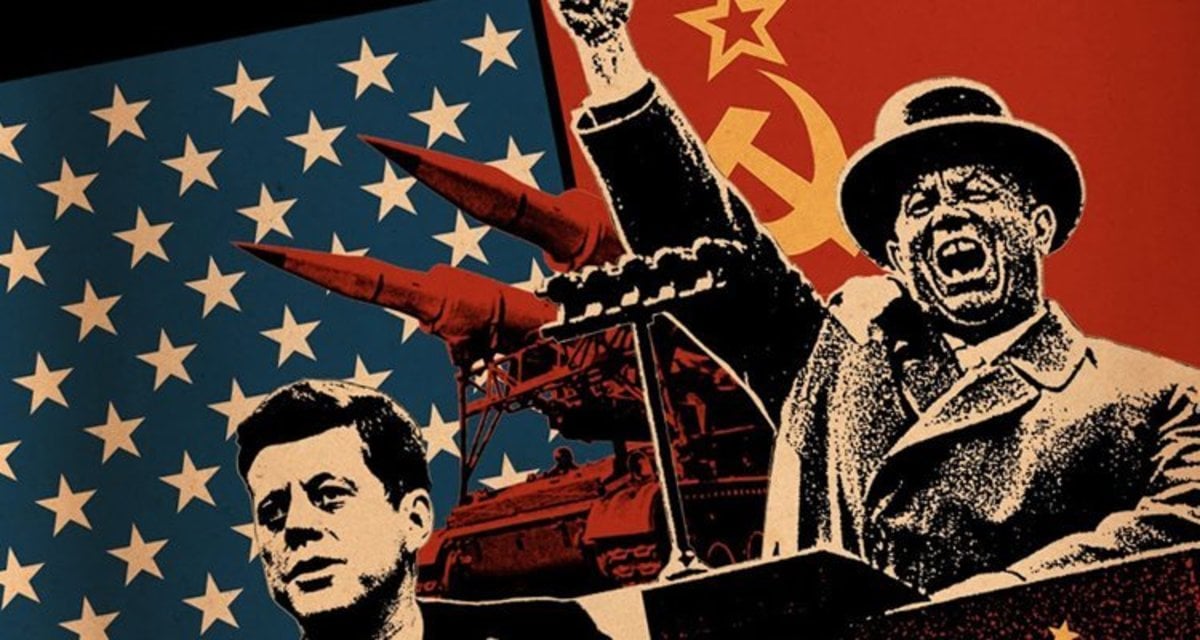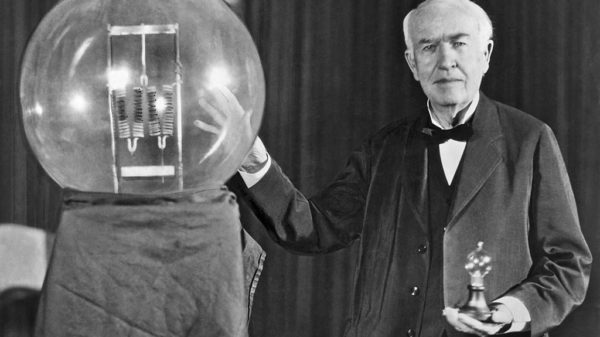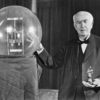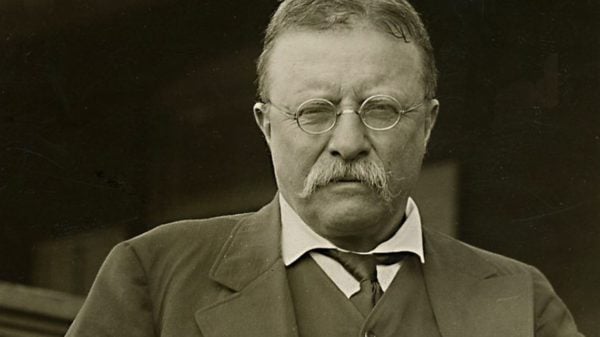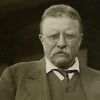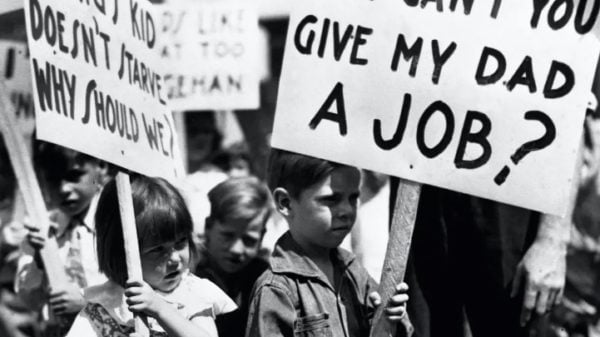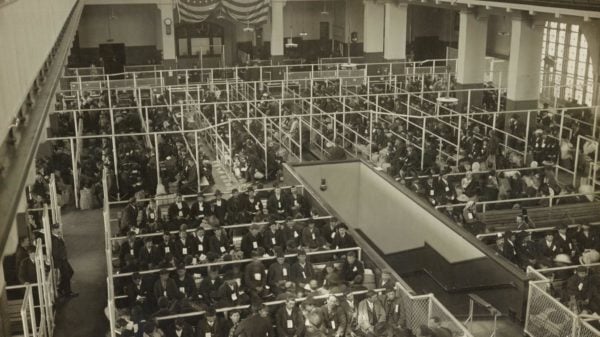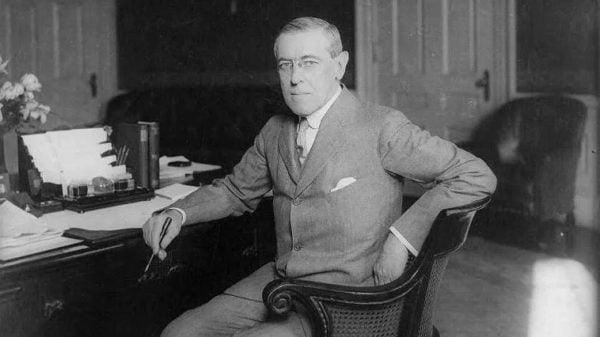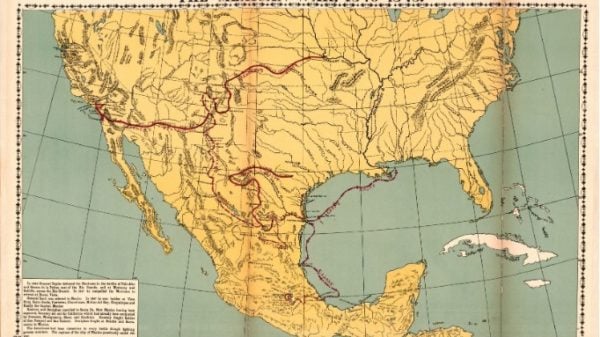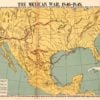After World War II when the world hoped for global peace, things between the United States and the Soviet Union did not yet settle. The issues between the two nations were not in the open but were rather stewing in the background.
In fact, the relationship between the superpowers – the US and Soviet Union – and their allies is the Cold War. During this period the two countries still competed on various important political and economic fronts. So what was the Cold War all about? Let’s find out.
The Term “Cold War”
Writer and author George Orwell first coined the term Cold War in an article published in 1945. Orwell predicted that there would be a nuclear stalemate between “two or three monstrous super-states, each possessed of a weapon by which millions of people can be wiped out in a few seconds.”
This term then gained popularity for the relationship between the two superpowers by the American financier and presidential adviser Bernard Baruch, when he gave a speech at the State House in Columbia, South Carolina, in 1947.
Cold War 1947-48
After Nazi Germany surrendered in May 1945, the alliance between the superpowers – the UK, US, and the Soviet Union – began to unravel. By 1948 the Soviets formed left-wing governments in the eastern European countries that the Red Army liberated.
The Soviets were trying to take control of the region through these proxy governments, which alarmed the Americans and British. They feared that the constant presence of communism might replace democracy in Europe.
Superpowers Locked in a Struggle
From the year 1948 to 1953, the Cold War reached its peak. The Soviets had unsuccessfully blockaded the Western-held sectors of West Berlin and the US. Apart from this the allies in Europe formed the North Atlantic Treaty Organization (NATO) to resist the Soviet presence.
In 1949, the Soviets exploded their first atomic warhead that ended the monopoly of the US. At the same time, the Chinese communists also came into power and Soviet-backed North Korea invaded U.S. This resulted in an indecisive Korean War that lasted until 1953.
Thaw in Relations
Tensions relaxed in the Cold War following the death of Soviet dictator Joseph Stalin in 1953. Some measures were taken in order to improve the situation. However, in 1958 the superpowers once again began developing intercontinental ballistic missiles. In 1962, the Soviets secretly installed nuclear missiles in Cuba to use against the US.
This was followed by the Cuban Missile Crisis in which both the US and Soviet Union stood against each other. Things were dangerously moving towards war. Fortunately, before a globally devastating war could break out, an agreement was reached to withdraw the missiles. The two sides then signed a Nuclear-Test-Ban Treaty in 1963 which eased the situation to some extent and the world sighed in relief.
This reveals that the world had been close to extinction because of the confrontation between the most powerful nations in the world. The world should have learned from the two devastating World Wars and made strong recommendations that no one – not even the superpowers – could overstep and endanger the entire world again.


